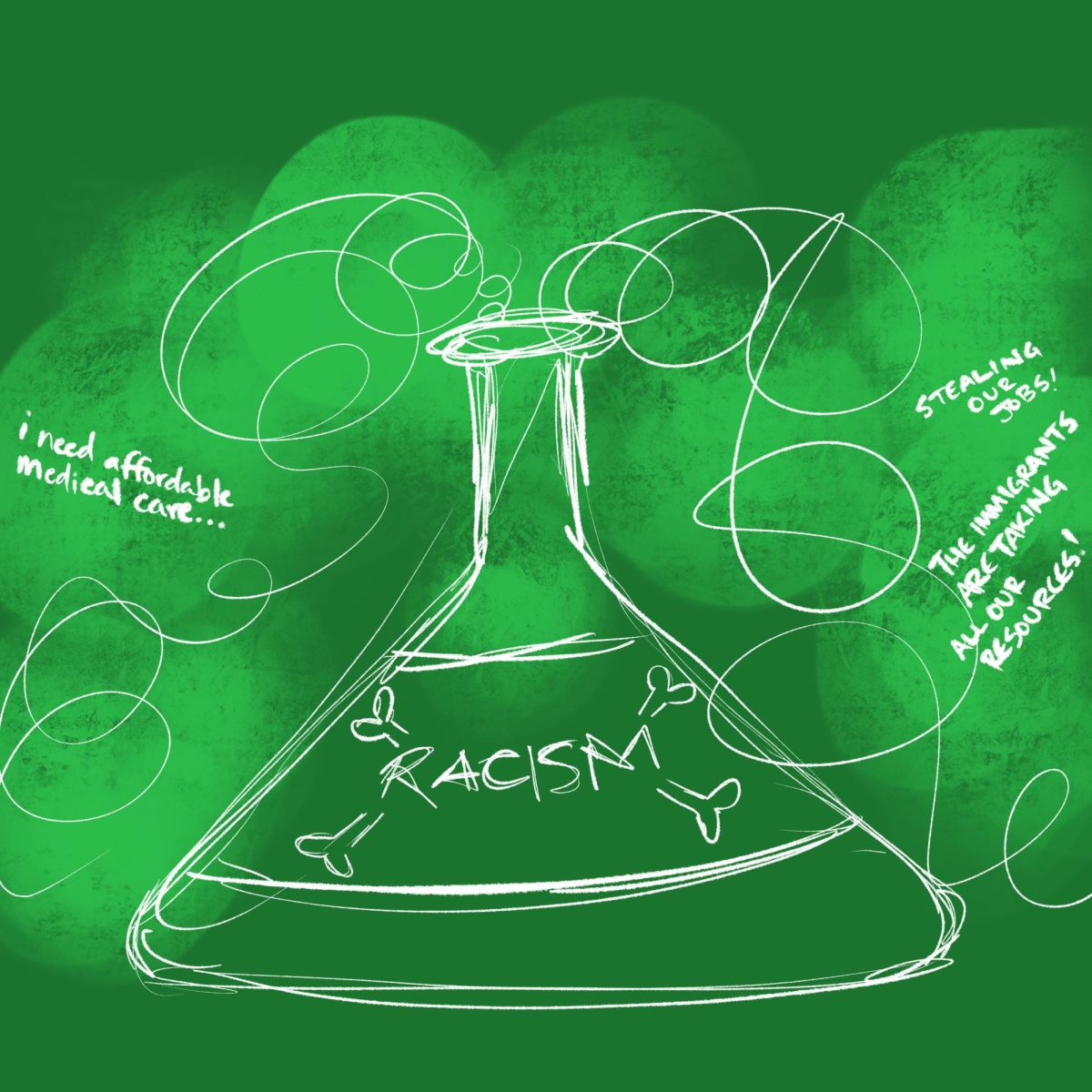Good: Don’t print this!
February 7, 2011
I was raised on a simple premise: There is no greater sin one can commit than waste. Often… I was raised on a simple premise: There is no greater sin one can commit than waste. Often reminded of the realities of starving Asian civilizations, I choked down crusts of grilled cheese and each green pea on my plate. Nowadays, the only thing that upsets me more than watching other people waste things is when I am forced to waste things myself. This recurs each time I print an assignment at a Pitt computer lab. The amount of paper we waste on cover sheets baffles me.
Regardless of how cheaply Pitt can or does purchase computer paper, the current practice strikes me as nonsensical, noneconomic and unsustainable. In a word: wasteful.
Consider the number of trips you take to the computer lab to print material each week. Multiply that out over a semester, and then over a year and then over four years. Then consider the 18,000 undergraduate students at the University. If each student merely prints one assignment per semester and graduates in four years, that already amounts to 150,000 pieces of paper wasted on cover sheets.
There are multiple solutions to the cover-sheet waste, and I find it odd that the status quo is so easily accepted. According to Pitt’s official statement on sustainability, Pitt attempts to “foster environmentally responsible purchasing practices by striving to balance short- and long-term, maintenance, life cycle and environmental costs in purchasing goods and services, with sound fiscal practices.”
So let’s foster some environmentally responsible practices, eh?
Couldn’t there be a printing feature added to allow students to queue the day’s print into one final print job? I am not naive enough to believe each student could or would take the time to plan on the foresight to arrange and concentrate printing visits; nevertheless, this would help. Could we at least flip used cover sheets over and reload them? That would cut waste in half.
The most practical solution seems to me to be to forgo the necessity of the cover sheet, and instead print the cover-sheet information as a header or watermark on the first page. Lyle Mroz, a computer-lab consultant at Pitt, voiced aesthetic concerns about usernames appearing on assignments, but said he would happily do away with cover sheets if there were a better solution for separating each student’s pages.
If the lab could at least print the first page of the document on the back of the cover sheet, I would have no qualms. But I don’t see the need to trash a sheet of paper every time I print a paper that I will, in all likelihood, wind up trashing anyway.
Of course, there would also be administrative obstacles. Pitt professors would have to consent to the shadow of a student’s e-mail lurking beneath the text or as a permanent header. Or even worse: a green, pink, or blue first page. But if you teach here, and you’re not willing to make that sacrifice, I think you’re a waste of my tuition anyway. How about accepting assignments electronically?
In terms of manufacturing, paper production and consumption ranks among of the top-five contributors to climate change — from deforestation to transforming deforested wood to paper to ultimately accounting for 25 percent of U.S. landfill mass. As a country, we triple China’s paper consumption and are by far the largest paper consumer. If the United States cut its paper waste by 10 percent, it would be environmental-improvement equivalent to removing 280,000 cars from the road.
So take a step forward. This University has a responsibility to its student body and the community not to waste its resources and to follow the policy it claims to follow. The issue is as simple as a sheet of paper.
Green Ideas? Agree or disagree? E-mail Mike Good at [email protected] (in case you are pointing out the irony of printing a news article about paper waste on paper — it is funny).


